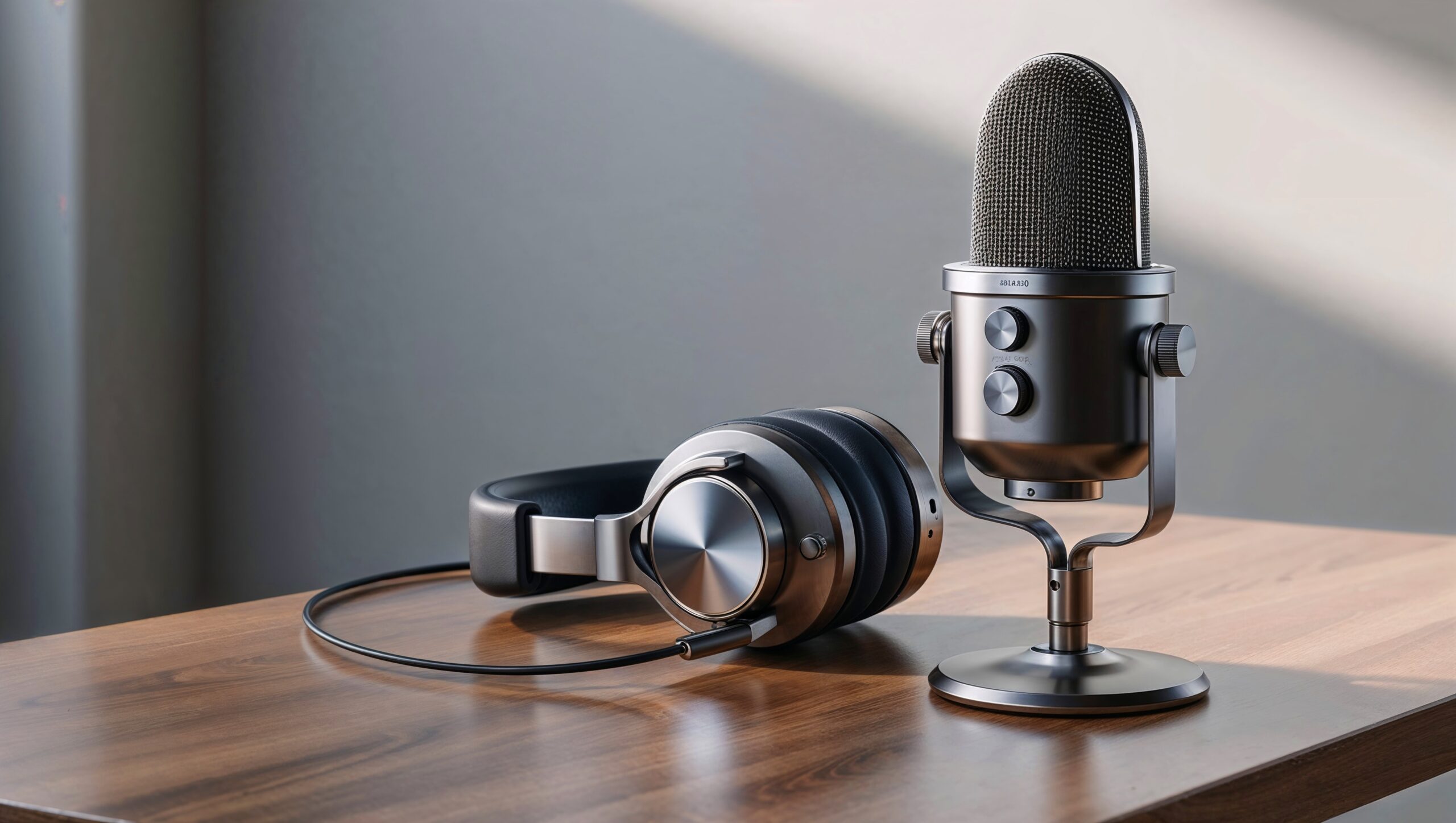Buses in the capital will test a number of methods of assessing passenger numbers, including movement and weight sensors, and analysis of WiFi connections
Credit: Wolfram Kastl/DPA/PA Images
Transport for London is to use install movement sensors on buses and collect data on users’ WiFi connections during a trial of automatic passenger-counting methods.
The aim of the three-month trial, which begins today, is to gain “a better understanding of how full London’s buses are”. This, TfL hopes, will enable it to target its investments more effectively, provide more real-time information to customers, and better manage the operations and future strategy of the capital’s bus network.
The trial will run on seven buses across the city, and will incorporate five different ways of counting passengers.
Related content
- Transport for London explores algorithm-powered buses
- Accessibility for all
- GLA will use computer simulation to help with investment and policy decisions
The first of these is the use of cameras trained on the floor of the bus to film travellers’ feet as they get on and off buses. The second is a tool for real-time analysis of footage filmed by vehicles’ existing security cameras.
Sensors over bus doors will also be deployed during the trial, as will programs for analysing changes to buses’ weight and air pressure. The final means of counting passengers will be collecting information on WiFi connections – which TfL said would be “automatically depersonalised at the point of collection”, and would not include users’ browsing data.
Simon Reed, head of surface technology and data at TfL, said: “We use a range of methods, such as ticketing data and manual paper surveys, to understand how customers travel across London, but we cannot measure in real time the number of people on a given bus. We hope this trial will show us the best way to identify real-time bus usage, which in turn could help us plan our network better, run it more effectively and greatly enhance live customer information.”



